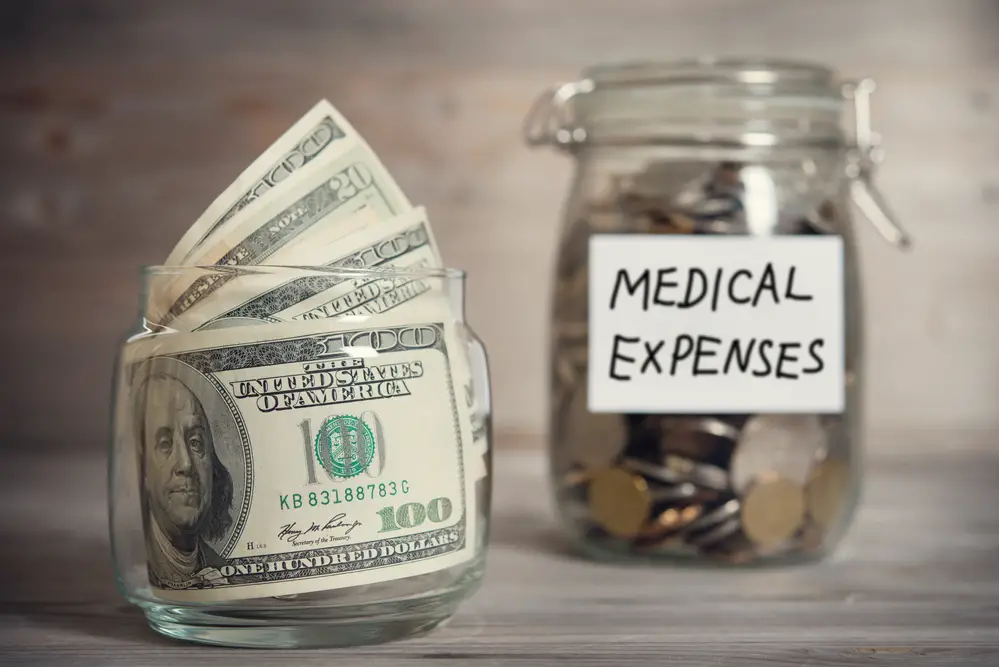Let’s face facts – most medical insurance plans, including Medicare, fail to cover all expenses incurred for major medical procedures. Copays for such procedures can amount to thousands or tens of thousands of dollars or more! This article will give you five reasonable solutions to deal with significant medical expenses from the office of a noted bankruptcy lawyer in Philadelphia.
1. Work Out a Payment Plan
If you’ve just had a major medical procedure and the bills are rolling in, do not panic. First, gather all bills and reach out to your insurance carrier or Medicare to make sure they have paid all that should be paid. Be advised that it may take weeks or even months for your insurance carrier or Medicare to pay what they are going to pay.
Once you are sure of the amount you owe, figure out how much a month you can pay. Contact the billing offices of the medical providers who are sending you bills and offer to pay this amount each month. They may agree, and if they do, you are getting what amounts to an interest-free loan.
2. Take a Disbursement from Your Retirement Fund
If you are older than 59 ½, you should consider taking a disbursement from your retirement fund to pay your medical bills. Whether you have a Roth or a 401(k) or a 403(b) will determine whether you must pay income tax on that disbursement.
When you funded your Roth IRA, you did so with after-tax dollars, so you will not owe income tax on your disbursement. When you funded your 401(k) or 403(b), you did so with pre-tax dollars, so when you take the disbursement out, you will owe income tax on it. Be sure to figure in the amount of income tax you will have to pay when you determine how much you should withdraw.
3. Take a Loan from Your Retirement Fund
If you are too young to take a disbursement from your retirement fund, consider taking out a loan from your retirement fund to pay your medical expenses. While you have to pay it back or incur penalties in the form of income tax, you are paying yourself, which is more advantageous than charging the medical bills to a credit card and paying the credit card company at their exorbitant rates of interest.
4. Pay with a HELOC or Second Mortgage
If you own your home, you may have significant equity in it by now. Consider taking out a home equity loan (HELOC) or a second mortgage, or a first mortgage if you’ve paid the home off. Interest rates are at historic lows, and the interest you pay is tax-deductible.
5. File Bankruptcy
If your medical expenses are so significant that you cannot hope to ever pay them, consider filing Chapter 7 or Chapter 13 bankruptcy. Major medical bills, along with job loss and divorce, is the reason most people file bankruptcy.
If you income-qualify, Chapter 7 will “discharge” or wipe out your unsecured debt in 4-6 months. Unsecured debt includes credit cards and medical expenses. While you will be free of unsecured debt at the end of the process, your credit score will take a hit, and the fact that you filed bankruptcy will stay on your credit report for up to ten years.
If you have a steady income, you can file Chapter 13 and propose a three or five-year repayment plan, either including or not including your medical bills. People commonly file Chapter 13 to catch up on the mortgage, support, or car payments. At the end of the plan, you are discharged of your remaining unsecured debt – including your unpaid medical bills.
If you are considering filing bankruptcy to get rid of medical debt, consult with an experienced bankruptcy attorney in your area to ensure that you will meet your goals and that there are no unintended consequences.
About the Author

Veronica Baxter is a writer, blogger, and legal assistant operating out of the greater Philadelphia area.


